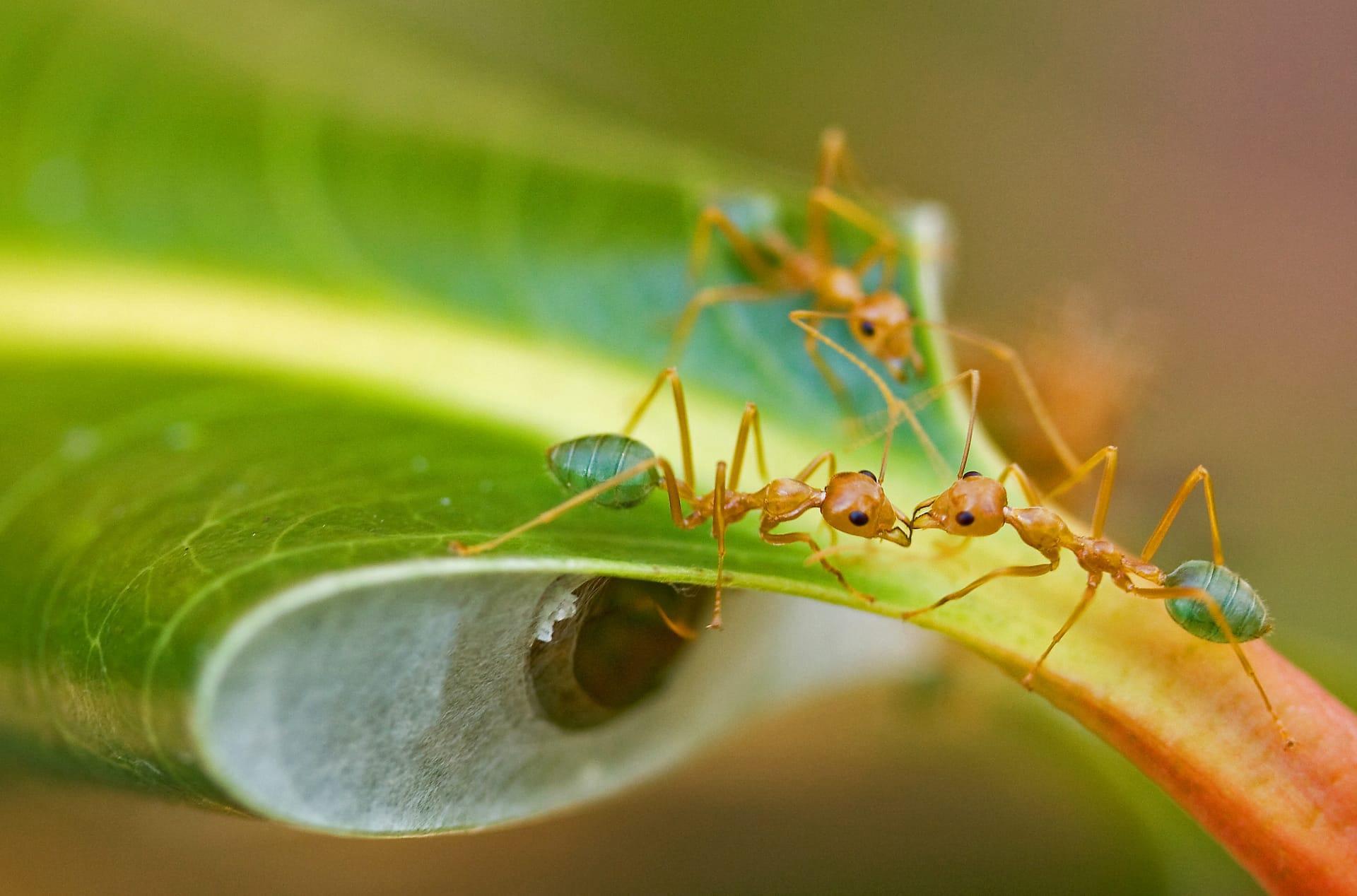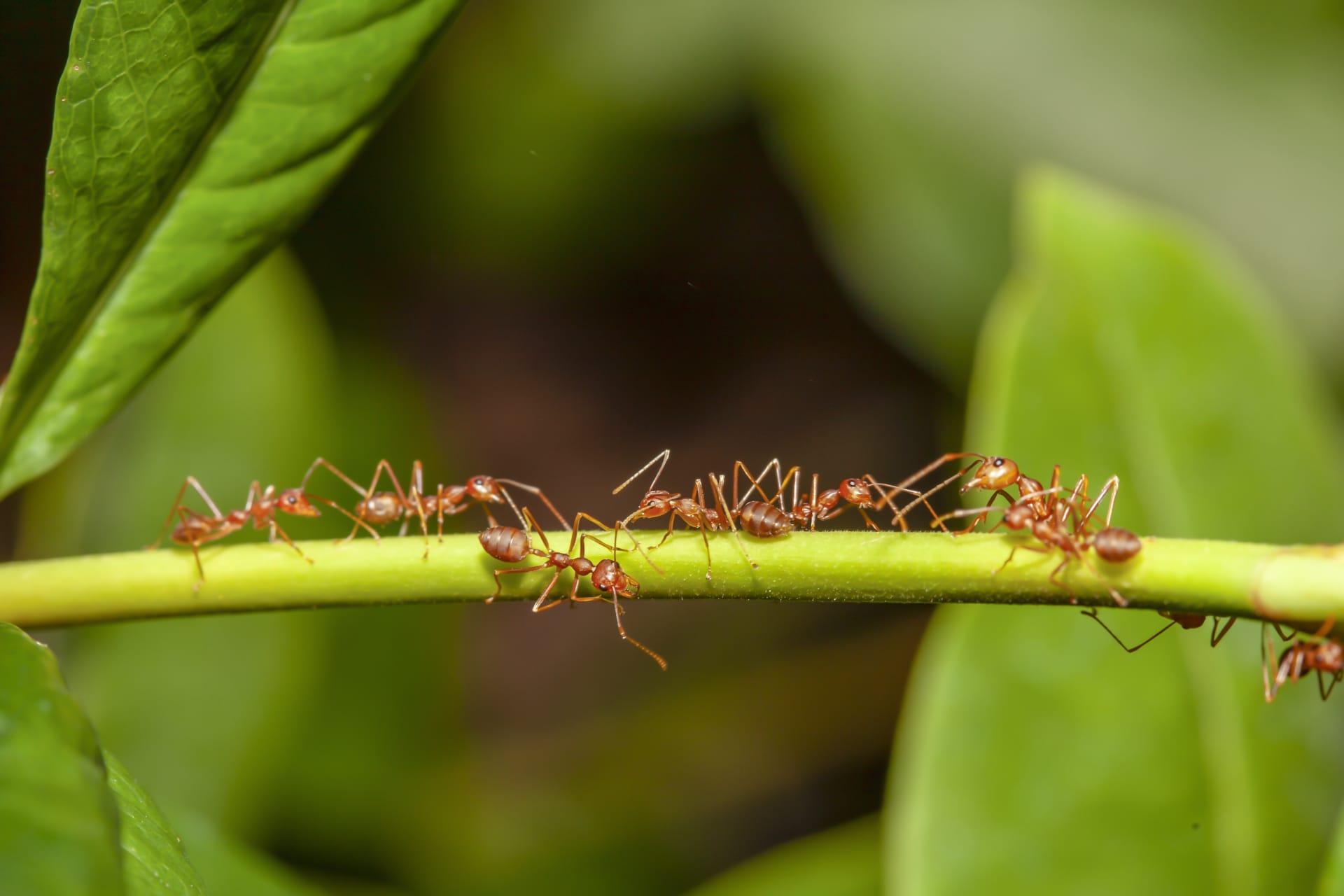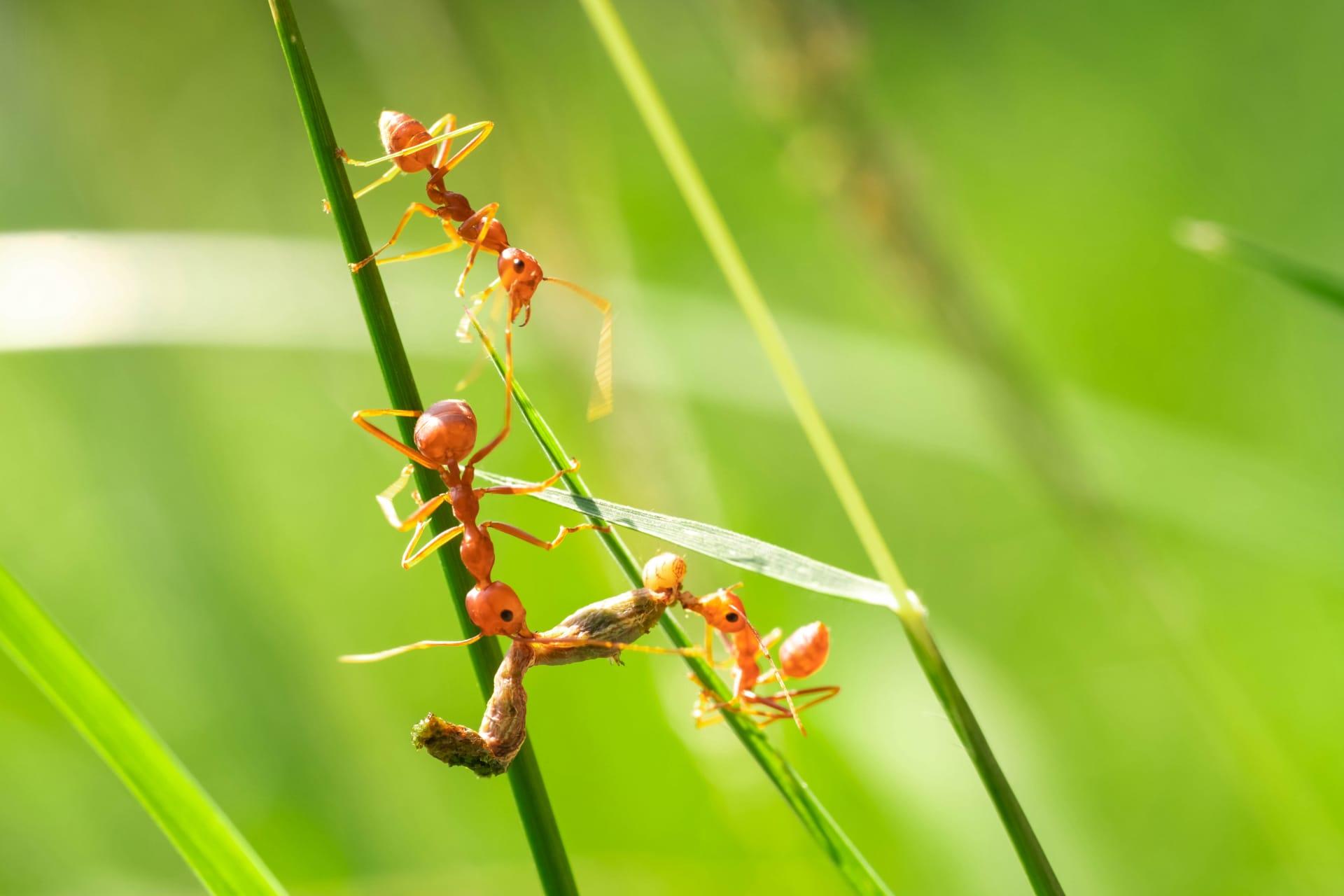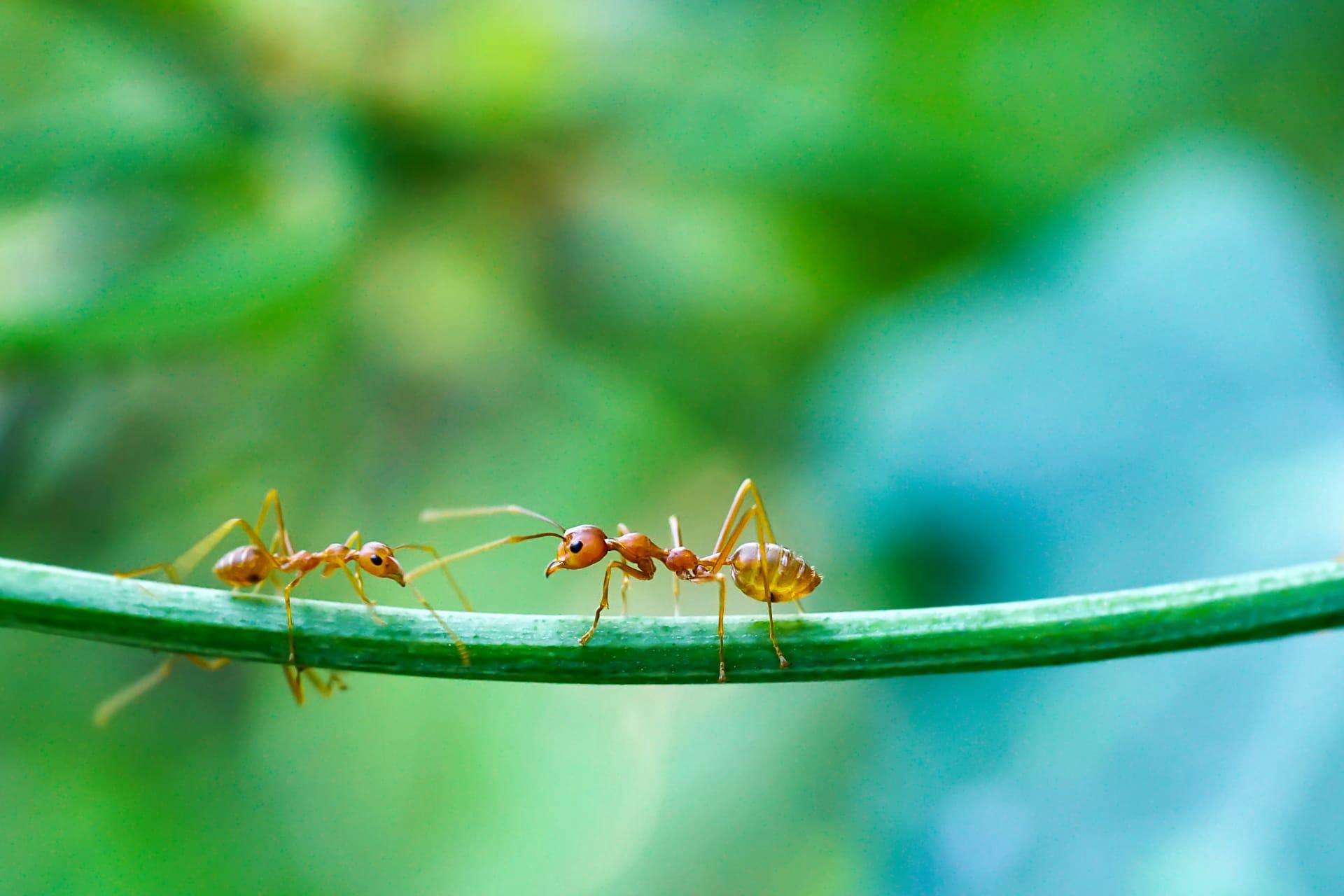Citronella Ants Trivia
- Home /
- Trivia Question /
- Animal /
- Citronella Ants Trivia
1
Question: What distinctive smell do Citronella ants produce and why?
Answer: Citronella ants, when disturbed or crushed, emit a strong citrus or lemon-like smell. This scent comes from a chemical called citronellal, which they produce as a defensive mechanism to ward off predators. This unique aroma is not only a warning signal but also serves to confuse and repel potential threats.
Question: How do Citronella ants differ in their diet compared to other ant species?
Answer: Unlike many ant species that are omnivorous, Citronella ants primarily feed on honeydew. They tend to aphids and mealybugs, which produce this sweet, sugary substance. They essentially 'farm' these insects, protecting them from predators and even moving them to better feeding sites, in exchange for honeydew, making their diet quite specialized.

2
Question: Is it true that Citronella ants can damage house structures?
Answer: Contrary to some beliefs, Citronella ants are not wood destroyers. While they may occasionally nest near or under the foundations of buildings, they do not chew through wood like carpenter ants. Their presence in homes is usually accidental and more of a nuisance than a threat to the structure.
Question: Do Citronella ants bite or sting humans?
Answer: Citronella ants do not pose a biting or stinging threat to humans. They lack the aggressive nature and the stinging apparatus that some other ant species possess. Their main defense mechanism is the release of their citrus-like scent, which is harmless to humans.

3
Question: How do Citronella ants contribute to the ecosystem?
Answer: Citronella ants play a significant role in the ecosystem by promoting the health of plant life. Their farming of aphids and mealybugs facilitates the process of honeydew production, which is a vital food source for many insects and birds. Additionally, their underground activities help aerate the soil, improving its structure and nutrient content.
Question: What is the life cycle of a Citronella ant?
Answer: The life cycle of Citronella ants includes four stages: egg, larva, pupa, and adult. The queen lays eggs, which hatch into larvae. These larvae are fed and cared for by worker ants until they pupate. After pupation, adult ants emerge. This cycle can vary in length depending on environmental conditions, but it typically spans several weeks to months.

4
Question: Can Citronella ants form supercolonies?
Answer: Unlike some ant species known for forming vast supercolonies, Citronella ants typically establish smaller, independent colonies. Each colony is centered around one or more queens and can range in size from a few hundred to several thousand individuals, focusing on local resources and territory.
Question: What time of year are Citronella ants most active?
Answer: Citronella ants are most active during the warmer months, especially from late spring to early fall. During this period, they are busy tending to aphid farms, foraging, and expanding their colonies. In colder months, they become less active and may retreat into their nests for winter hibernation.

5
Question: How do Citronella ants communicate within their colony?
Answer: Citronella ants primarily communicate through chemical signals known as pheromones. These chemicals are used for a variety of purposes, such as marking trails to food sources, signaling danger, and coordinating colony activities. Physical contact and antennal tapping also play a role in their social interactions.
Question: What are the key predators of Citronella ants?
Answer: Citronella ants have several natural predators, including birds, lizards, and larger insects such as spiders and centipedes. In response to these threats, they rely on their citronellal scent as a primary defense mechanism, along with their ability to quickly retreat into their underground nests.